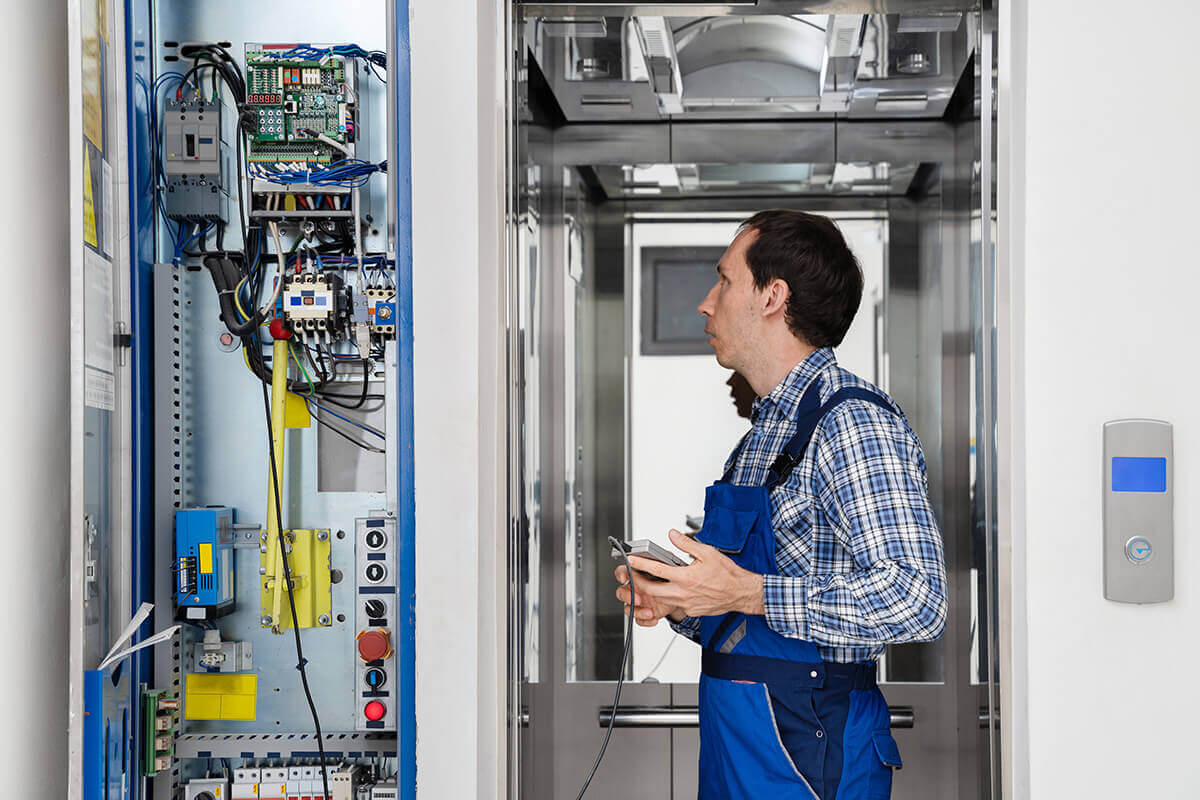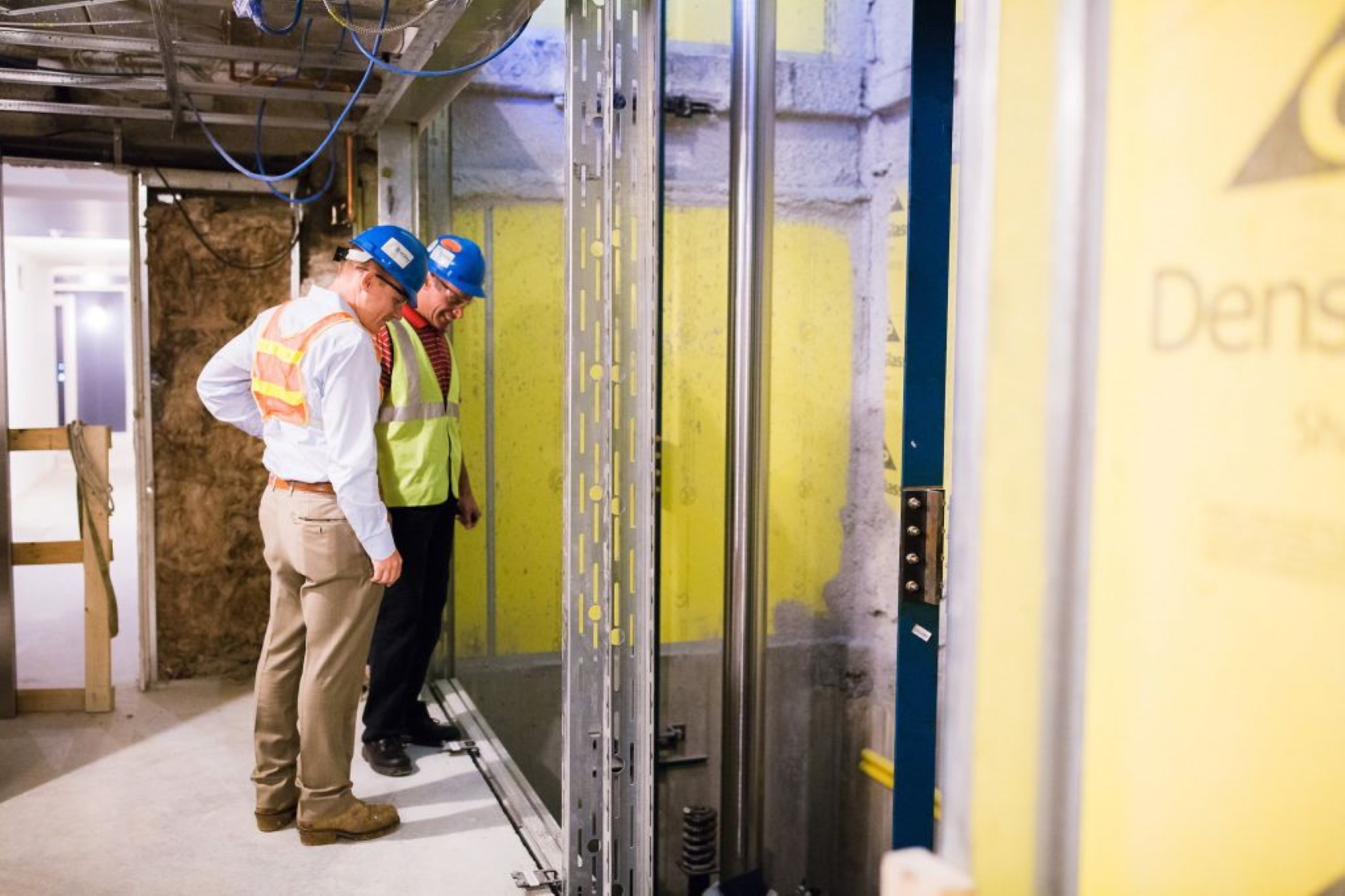Disabled Platform Lift Solutions-- Enhancing Accessibility with Dependable Lifts
Disabled Platform Lift Solutions-- Enhancing Accessibility with Dependable Lifts
Blog Article
Troubleshooting Tips for Common Issues With Handicapped System Lifts
When it comes to making certain the smooth operation of impaired platform lifts, encountering usual issues can interfere with the functionality and access they provide. Allow's check out some useful ideas to resolve these usual problems and ensure the correct functioning of disabled platform lifts.
Power Supply Issues
When running into power supply concerns with handicapped system lifts, the initial step is to systematically assess and fix prospective sources of power interruption. If the power resource is validated to be functioning, continue to examine the power cord for any indicators of damages or use that could be creating an interruption in the power supply.

Control Board Troubles
Control board malfunctions on disabled platform lifts can substantially hinder their operational efficiency and position safety and security risks to individuals. The control board serves as the main user interface for running the lift, permitting users to start movement, control speed, and handle quits at various degrees. When the control board encounters issues such as unresponsive switches, erratic habits, or display malfunctions, it can interfere with the entire lift operation.
One typical trouble with control panels is electrical mistakes, which might result from electrical wiring issues, power rises, or part damage. These faults can cause the control panel to malfunction or end up being less competent, making it difficult for users to operate the lift safely. Furthermore, ecological aspects like moisture or severe temperature levels can additionally influence the control board's efficiency, leading to potential failures.
To attend to control board troubles effectively, routine maintenance checks and examinations are important. Frequently cleaning up the control board, checking electrical wiring connections, and guaranteeing appropriate calibration can aid avoid malfunctions and make sure the lift runs efficiently. In instances of relentless concerns, speaking with a qualified professional for repair services or replacements is recommended to maintain the lift's capability and safety for customers.

System Stuck or Jammed
In situations where the handicapped platform lift experiences a platform stuck or obstructed, instant focus and proper troubleshooting are essential to make certain the lift's functionality and customer security. When coming across a platform that is stuck or obstructed, the initial step is to stop any kind of ongoing operation of the lift to prevent more damage or safety and security risks.
After recognizing and eliminating any type of obstructions, attempt to manually move the platform to see if it liberates. If hand-operated efforts are unsuccessful, avoid using too much force as this can trigger damages to the lift mechanism. In such cases, it is recommended to call a qualified technician or the lift producer for expert support in solving the problem. Trigger and proper resolution of a stuck or obstructed platform is necessary to keep the lift's operational efficiency and ensure individual safety and security.
Safety Sensor Breakdowns
A crucial part of impaired system lifts, safety sensors play a critical role in ensuring user protection and lift operation. If fixing the sensing units does not resolve the issue, try this site get in touch with a certified service technician to carry out a detailed examination and fixing to keep the lift's safety and security and capability. Normal upkeep and prompt resolution of safety sensing unit malfunctions are critical for the risk-free procedure of impaired system lifts.
Uncommon Sounds or Motions
When operating a disabled system lift, listening to any unusual noises or activities is critical for recognizing prospective issues that might affect its efficiency and security. Unusual sounds, such as grinding, shrieking, or clunking sounds, might indicate troubles with the lift's mechanical elements, such as damaged gears, loose screws, or damaged bearings. These issues, if left unaddressed, might cause breakdowns or perhaps complete break down he has a good point of the lift.
Similarly, uncommon activities of the platform, such as jerking, shaking, or unanticipated stops, ought to not be ignored (lift modernization). These movements might be an indicator of electrical issues, hydraulic system issues, or irregularities in the lift's programs. Without delay checking out and resolving these unusual motions can protect against accidents and make certain the continued risk-free procedure of the platform lift
In case of experiencing unusual noises or motions, it is recommended to discontinue utilizing the lift quickly and get in touch with a certified specialist for maintenance. he said Normal maintenance and prompt troubleshooting of any unusual indicators can aid prolong the life expectancy of the handicapped system lift and ensure the security of its customers.
Conclusion
In conclusion, fixing typical concerns with impaired platform lifts calls for recognizing and addressing power supply problems, control panel issues, system jams, safety sensing unit breakdowns, and unusual noises or movements. By adhering to proper upkeep and troubleshooting treatments, users can guarantee the risk-free and effective operation of platform lifts for people with disabilities.
Report this page